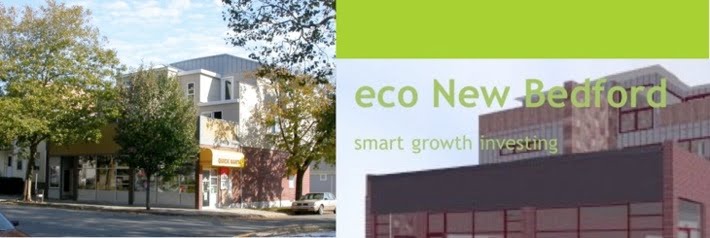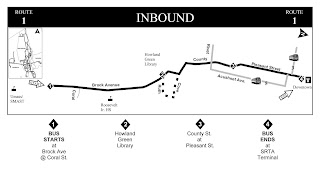The three restored commercial units create opportunities for goods and services to be provided locally, creating a "walkable" neighborhood. The project at 464-468 Brock Ave., although nestled in a predominantly residential area, lies within walking distance of other several other small businesses, shops, a public park, and a senior citizen's community center. The development of walkable neighborhoods provides multiple quality-of-life benefits, including lower transportation costs, greater social interaction, improved personal and environmental health, and a greater range of choices for consumers.
The Brock Ave. site is also favorable in terms of the availablity of mass transit. High quality mass transit services will reduce auto-dependency, alleviating the ever-growing problem of traffic congestion, and will overall improve commuter quality of life. Brock Ave. lies on the SRTA Bus Route 1, a direct route to New Bedford's downtown core. The downtown bus terminal provides the connection to SRTA Bus Route 9 to UMass Dartmouth and Fall River. Also departing from the downtown bus terminal, DATTCO provides daily commuter bus services to Boston, and Peter Pan Bus Lines provides daily commuter services to Providence.
Looking to the future, the Brock Ave. site also lies on the proposed routes for the South Coast Commuter Rail System, currently in the planning phase. The incoming commuter rail system will ultimately connect our small South End project to multiliple urban centers, and holds tremendous promise for the entire community of New Bedford.








No comments:
Post a Comment